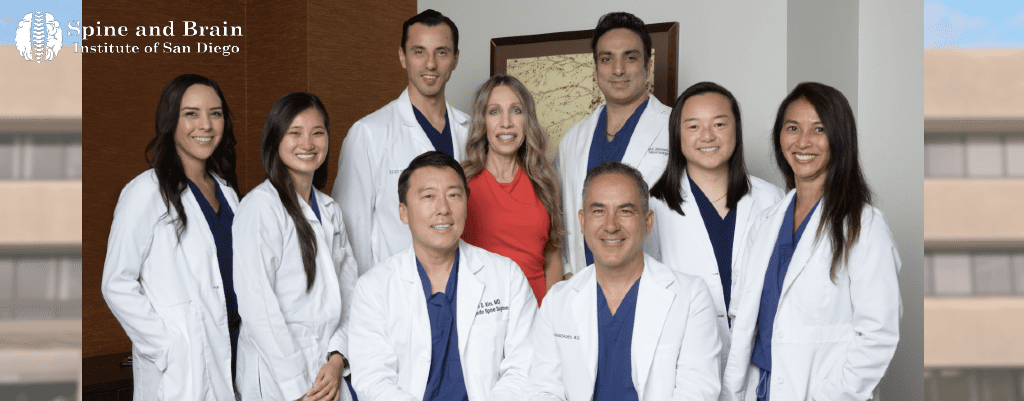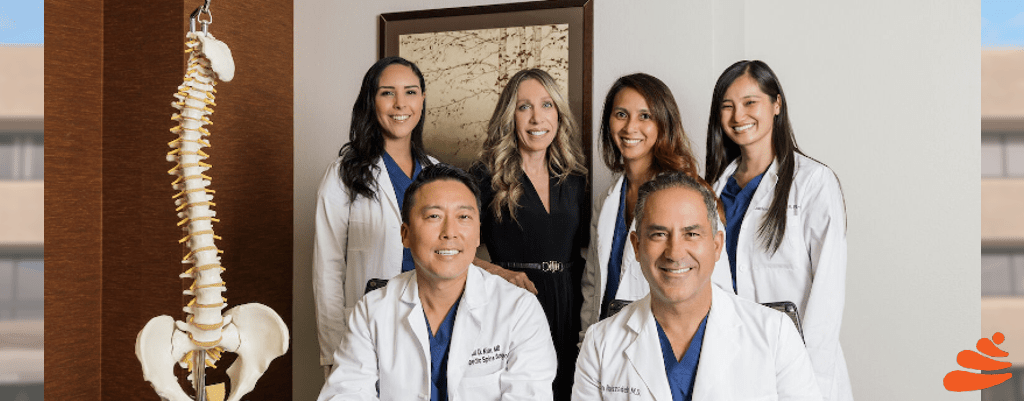After, as she puts it, being “stuck looking forward” for years, Julie Goecks’ two degenerated disks are no longer a pain in the neck.
“When I wanted to turn my neck, I pretty much had to turn my whole body,” says Julie. “It was frozen in one spot, and I couldn’t turn from side to side, or even tip my head back.”
The neck, or cervical spine, includes the first seven disks of your spinal column. Damaged disks can greatly limit your mobility and quality of life — and can be very painful. Tissue damage in the disks creates what is called degeneration, and when inner disks squeeze through the outer disks, it is called a bulging or herniated disk.
In the past, treatment was limited to either fusion surgery, which simply stabilizes the spine, or the use of older-generation cervical replacement disks. These tended to be big and bulky and did not provide a full range of motion. Also, they were designed for patients who needed only one disk replaced.
Groundbreaking option provides relief
Today, however, a state-of-the-art replacement disk, called Mobi-C, stands apart. Its design mimics the natural motion of a healthy cervical spine, allowing people to get back to living their best life.
Dr. Ramin Raiszadeh is an orthopedic surgeon affiliated with Sharp Grossmont Hospital, who specializes in spine care and is a champion for cervical disk replacement using this technology.
“With a fusion, patients lose the ability to move that segment of their spine, putting a lot of strain on the disks above and below the fusion,” says Dr. Raiszadeh. “With the Mobi-C disk, patients are able to move their spine at the location of that new disk, and don’t have those issues with the adjacent disks that were a problem with the older technology.”
Mobi-C is also the first cervical disk to be approved by the FDA for use in patients who need multiple disk replacements. That’s what made Julie an ideal candidate for this technology.
When she first saw Dr. Raiszadeh, she had been living with her condition and physical limitations for years.
“He said, ‘I’m very confident you’ll feel much better after this procedure or I wouldn’t be recommending it,’” says Julie.
He was right. “Now, I can drive, tie my shoes, and do the normal day-to-day things we take for granted,” she says.
A return to activities after life-changing procedure
Cervical disk replacement is an important option for patients to be aware of. It can help them avoid unnecessary fusion and possibly subsequent surgeries to those disks above and below the damaged one.
Additionally, patients who have tried conservative treatments, such as physical therapy and injections, may be good candidates for the procedure. However, the procedure is usually not appropriate for patients with more than two damaged disks, osteoporosis or very severe neck pain.
For those patients fortunate enough to have the procedure, Dr. Raiszadeh says the difference is life-changing. Most can return to a desk job within a week after the procedure, and to all their favorite activities within three months.
Just ask Julie. Before her surgery, she remembers playing softball with her daughter and granddaughter but not being able to look straight up. She says she just kept her fingers crossed that she didn’t get knocked out by a fly ball.
“Now I can look up and, hopefully, catch the ball,” she says.
Originally published on Sharp Health News



